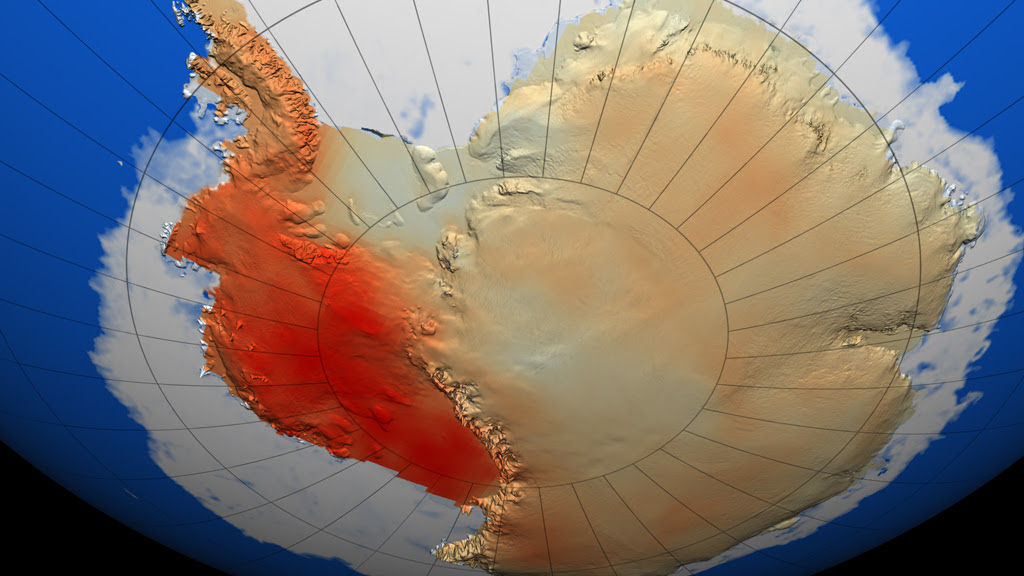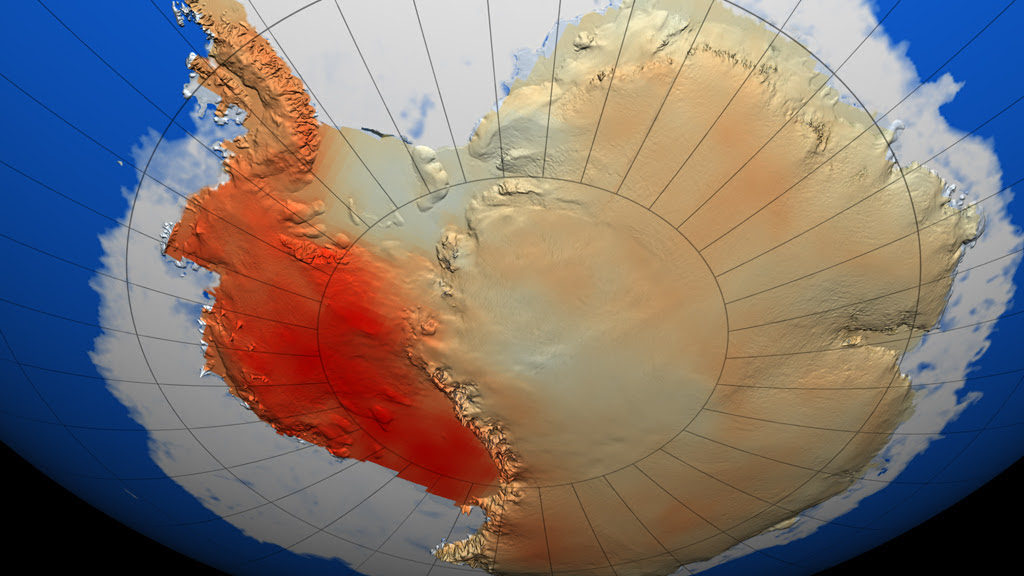
El Niño could attack Antarctica in the future and cause irreversible melting of Antarctic plateaus and ice sheets, according to an Australian study.
El Niño is the warmest phase of the El Niño Southern Oscillation (ENSO) that occurs over the eastern tropical Pacific Ocean. Along with the cooler phase, La Niña, influences weather patterns around the world.
The new report, released Tuesday, Feb. 21, by the Commonwealth Scientific and Industrial Research Organization, the national science agency, pointed out that the variability of ENSO reduces warming near the ocean surface but accelerates warming in deeper waters.

Professor Cai Wenju, the lead editor of the report, said these results are critical to better understanding how Antarctica will be affected by climate change.
“Climate change is expected to increase the magnitude of ENSO, making El Niño and La Niña stronger,” he said.
“This new research shows that a stronger El Niño can accelerate the warming of the deep waters of the Antarctic shelf, causing the shelves and ice caps to melt more quickly.”
He also announces that the modelling also revealed that warming around the edges of floating sea ice is slowed during this process, which slows the melting of near-surface sea ice. Professor Cai and his team examined 31 climate models under a high emissions scenario. Within countries with higher ENSO variability, there is less upwelling of deeper, warmer water due to less intense westerly winds, resulting in slower warming of the ocean surface.

Plateforme de glace telle qu’on en trouve en Antarctique de l’Ouest (Source : Kelvinsong)
You should know that in the south of Antarctica, the waters of the ocean are warmer at 200 meters depth than on the surface, because of the winds that push the waters towards the bottom. El Niño has an impact on the atmosphere, and therefore on the orientation and strength of winds, as well as on marine currents.
In the case of an intense El Niño, what climatologists fear for 2023 is that the westerly winds that circulate the Antarctic plateau are less strong: the warm waters from the depths are therefore less easily rising to the surface. This mechanism has various consequences: it accelerates the melting of the ice barrier and ice sheet but slows down the melting of the ice sheet at the surface.




